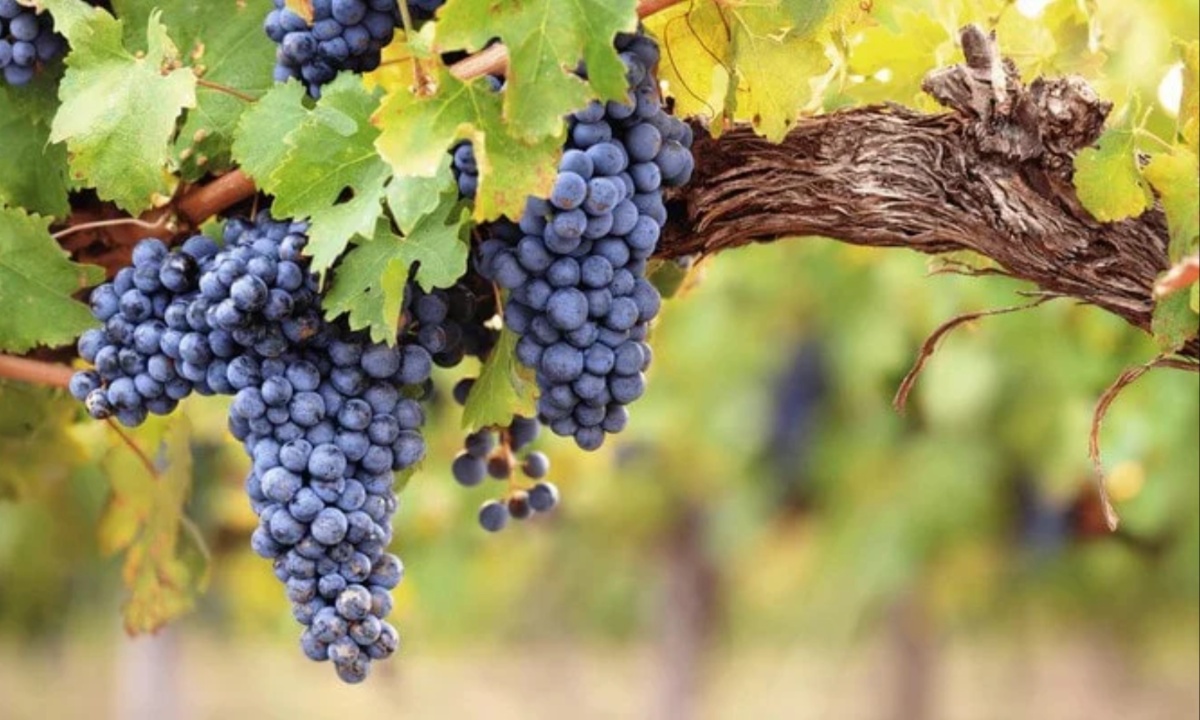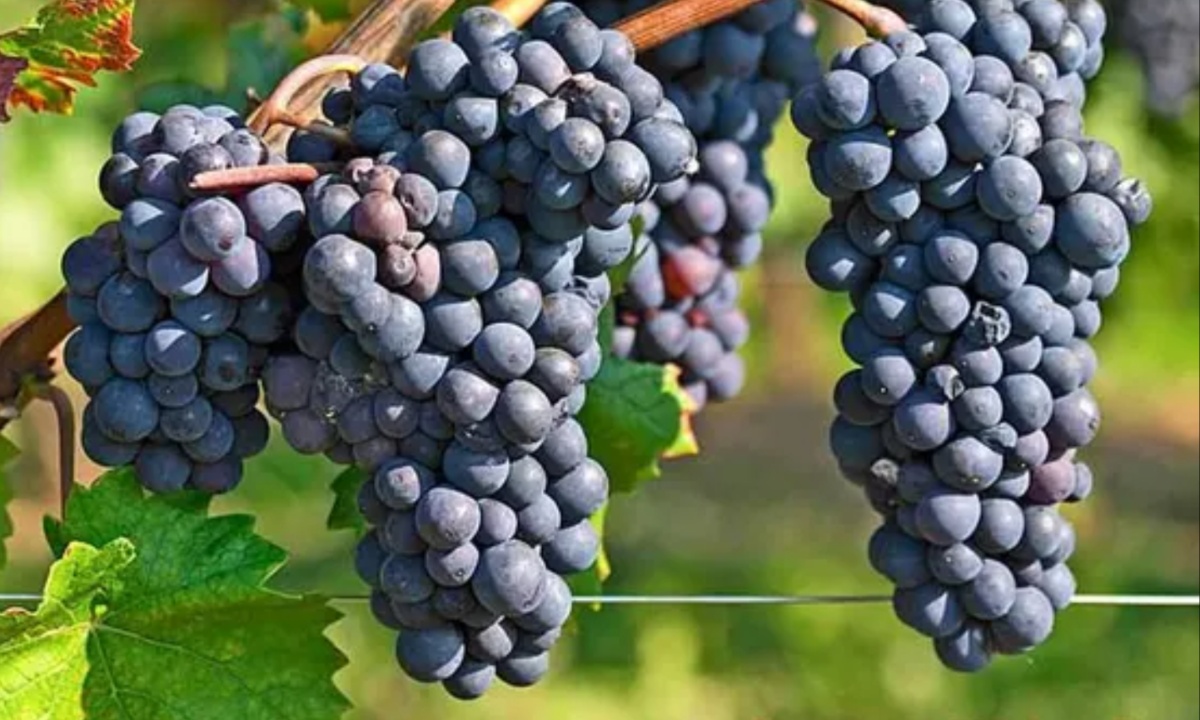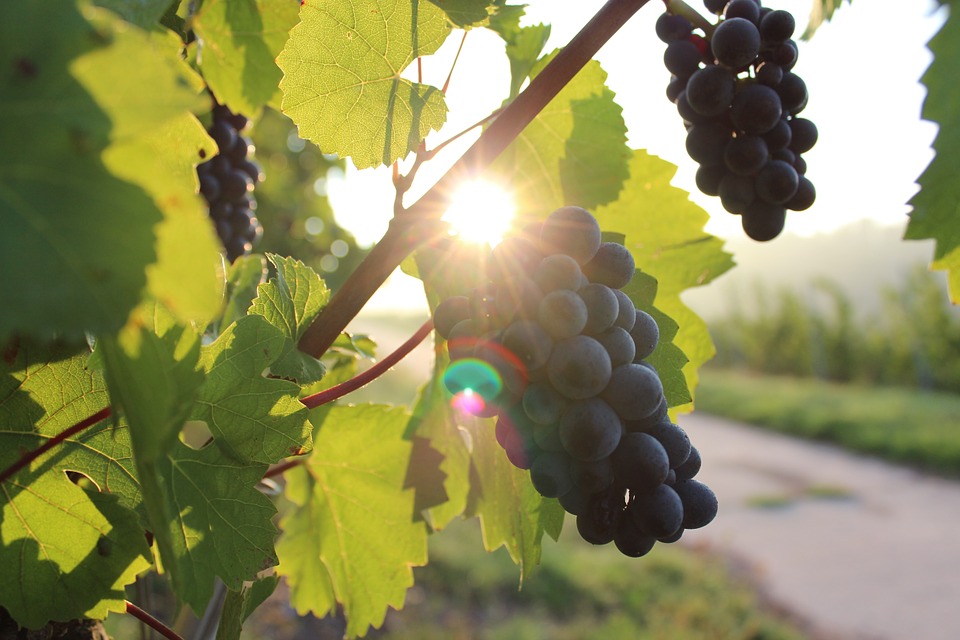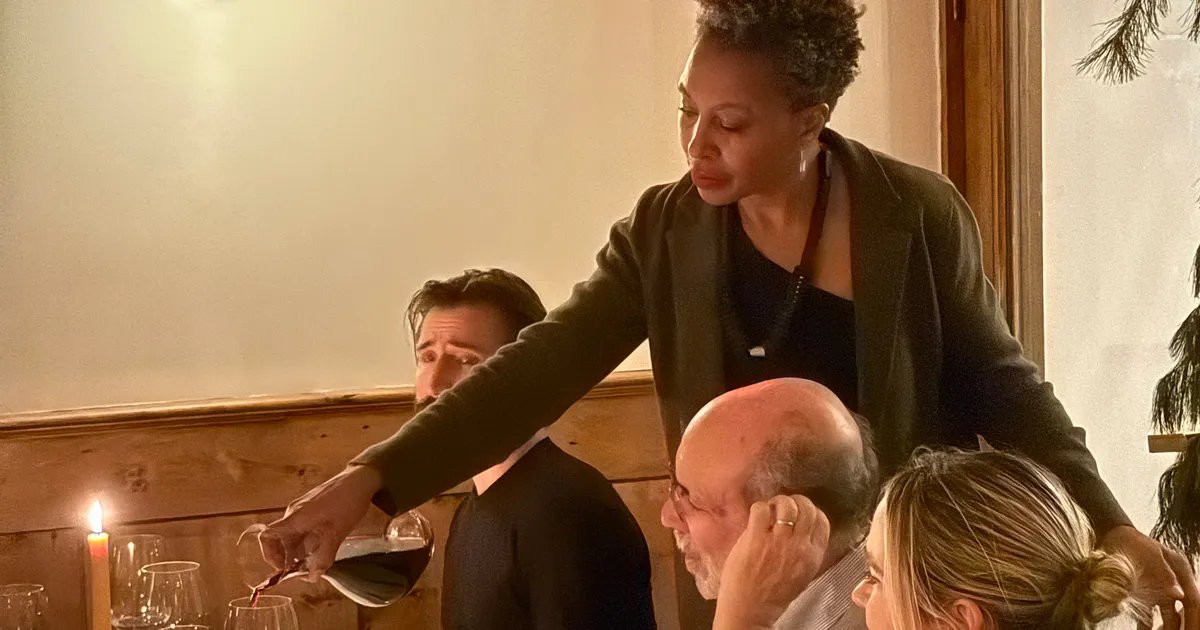Virtual reality and Cognac may seem like an unusual pairing, but modern innovations are reshaping traditional practices. This week, news emerged that virtual reality headsets are being used in Cognac to train prospective vineyard pruners. According to agronomist Laurent Mabille, virtual reality allows beginners and individuals from diverse backgrounds to learn pruning techniques effectively. This advancement highlights how technology is being integrated into winemaking, improving both efficiency and accessibility in vineyard training.
In an alarming event in Burgundy, a winegrower confessed to vandalizing 30 to 40 young vines belonging to Thiébault Huber, president of the Confederation of the Appellations and Winegrowers of Burgundy (CAVB). Huber, who played a significant role in amending France’s inheritance tax laws, shared his dismay on social media.
The destruction involved cutting vines just below their head, rendering them useless. The incident sparked widespread condemnation, with industry leaders denouncing the act as an unjustifiable attack on a grower’s livelihood. The perpetrators have since turned themselves into the authorities, and an investigation is underway.
A study conducted by the University of Las Palmas de Gran Canaria found that the primary factor influencing wine characteristics in the Canary Islands is the island of origin rather than winemaking techniques or grape variety. Researchers analyzed soil and wine samples from seven islands, discovering that geographic location had the most significant impact on differentiation.
However, the study also raised concerns about soil contamination, as four samples exceeded legal limits for Nickel and Mercury, with three originating from Lanzarote. The university has called for further monitoring to address potential health and environmental risks.

European Wine Industry Strengthens Global Presence Through Subsidies and Legal Appellation Decisions
Several European nations are ramping up financial support for wine export marketing. In France, Champagne producers can benefit from an EU-backed aid package reimbursing 50% of eligible export-related expenses, such as market research and promotional events.
Spain’s agriculture ministry also approved subsidies covering half the cost of 657 regional wine marketing programs. A total of €46.8 million has been allocated for 2026, with substantial funding directed toward major wine-producing regions such as Castilla y León, the Basque Country, and Rioja. This initiative aims to strengthen European wine presence in global markets through the European Agricultural Guarantee Fund (EAGF).
A long-standing dispute between winegrowers in the Terre de Camargue and Sable de Camargue regions recently reached France’s highest administrative court, the Conseil d’Etat. The Terre de Camargue winegrowers sought to block the Sable de Camargue appellation, arguing that most of its vineyards were outside the Camargue region.
While the court acknowledged this fact, it ruled that the widespread presence of sandy soils justified the appellation name. The ruling upholds Sable de Camargue’s status, allowing its producers to continue using the protected designation.

Balancing Tradition and Innovation in the Evolving Global Wine Industry
These developments illustrate the evolving nature of the wine industry, where tradition and innovation intersect. Virtual reality training in Cognac signifies a shift towards technology-driven education, while vandalism in Burgundy highlights the tensions within winemaking communities.
The Canary Islands study underscores the significance of terroir, and European subsidies demonstrate the importance of financial backing for global competitiveness. Meanwhile, the Camargue court ruling reinforces the legal complexities surrounding regional appellations. Collectively, these stories paint a dynamic picture of an industry balancing heritage, science, and modern business strategies.
As the wine industry continues to adapt to new challenges and opportunities, further technological advancements and regulatory decisions will shape its future. The use of virtual reality in viticulture could expand beyond training, influencing vineyard management and wine tourism.
Meanwhile, ongoing research on terroir and environmental factors may drive sustainability efforts. Legal battles over regional identities will persist as appellations evolve. With financial aid boosting European exports, the global wine market is set for further growth, blending tradition with innovation in unprecedented ways.


